Home>Furniture & Design>Living Room Furniture>How To Measure Recliner
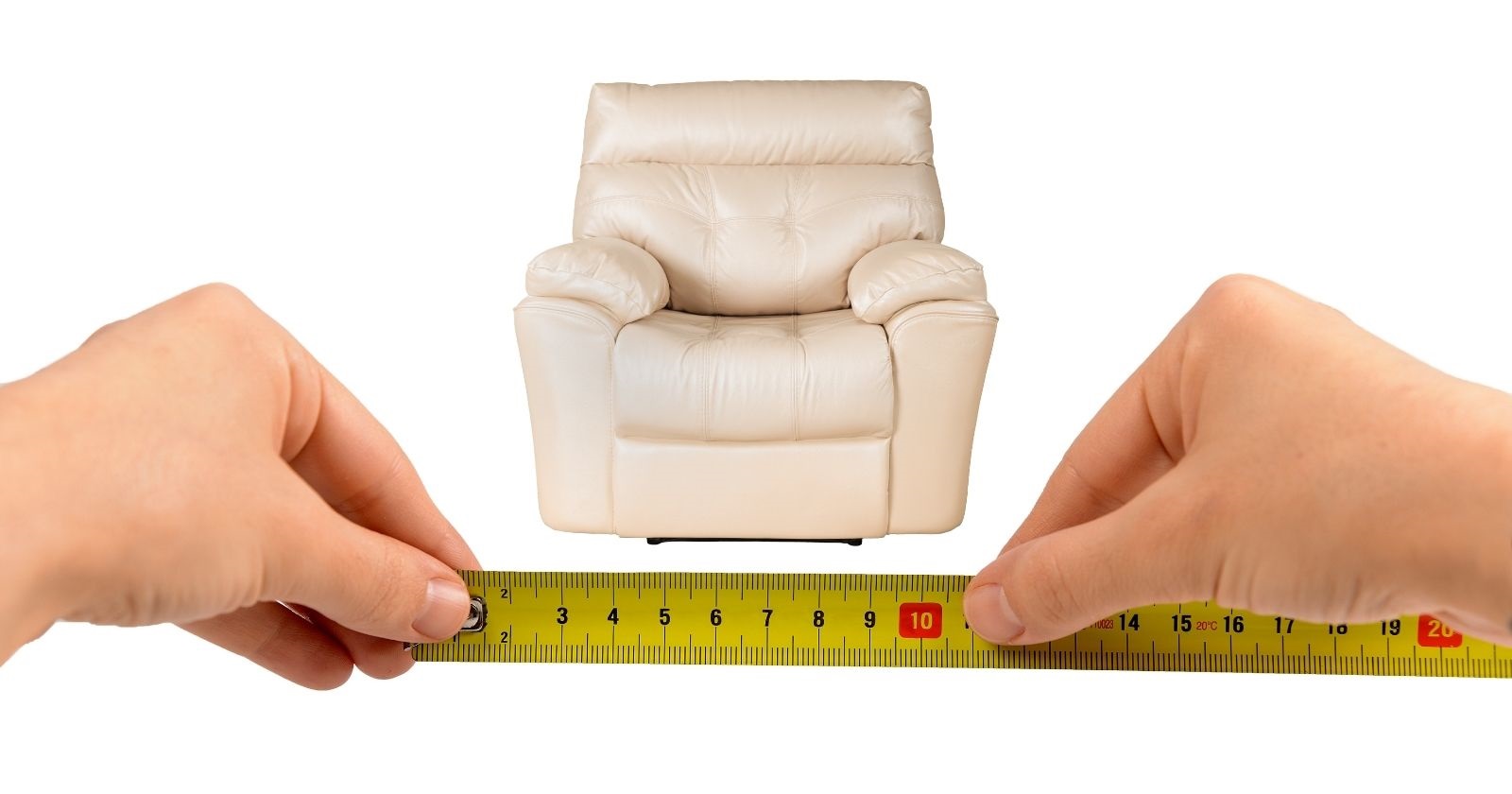

Living Room Furniture
How To Measure Recliner
Modified: January 5, 2024
Learn how to measure a recliner for your living room furniture. Get expert tips and advice for finding the perfect fit. Shop now for furniture and design inspiration.
(Many of the links in this article redirect to a specific reviewed product. Your purchase of these products through affiliate links helps to generate commission for Storables.com, at no extra cost. Learn more)
Introduction
Welcome to the world of ultimate relaxation and comfort – the realm of recliners. These luxurious pieces of furniture have the power to transform any living space into a haven of tranquility and leisure. Whether you’re an avid reader, a movie enthusiast, or simply someone who appreciates unwinding after a long day, a recliner can be your loyal companion.
When it comes to purchasing a recliner, one of the key aspects that often gets overlooked is the importance of accurate measurements. Understanding the dimensions of a recliner is crucial to ensure that it not only fits seamlessly into your living room but also complements your existing furniture and decor. Moreover, precise measurements can help you determine whether the recliner is suitable for your body size and provides the level of comfort you desire.
In this guide, we will delve into the art of measuring a recliner, covering essential dimensions such as height, width, depth, and the reclining position. By the end of this journey, you will be equipped with the knowledge and confidence to make informed decisions when selecting the perfect recliner for your home.
Key Takeaways:
- Measure the height, width, depth, and reclining position of a recliner to ensure it fits your living space and provides the comfort you desire.
- Understanding these measurements empowers you to select a recliner that harmonizes with your relaxation preferences and spatial constraints.
Read more: How To Choose A Recliner
Understanding Recliner Measurements
Before embarking on the process of measuring a recliner, it’s essential to grasp the significance of each dimension and how it contributes to the overall comfort and functionality of the recliner.
The height of a recliner determines how well it fits within the vertical space of a room. Taller individuals may prefer a higher backrest for adequate neck and head support, while shorter individuals might find a lower backrest more comfortable. The width of a recliner influences the seating capacity and the amount of space it occupies within a room. Additionally, a wider recliner can offer more room to shift positions and find the perfect seating posture.
The depth of a recliner plays a pivotal role in providing optimal leg support. A deeper seat allows for more legroom, accommodating individuals with longer legs. Conversely, a shallower seat depth may be more suitable for those with shorter legs. Lastly, the reclining position of a recliner determines the extent to which it can be adjusted for personalized comfort. Understanding these measurements will empower you to make an informed decision based on your specific preferences and spatial constraints.
Now, let’s dive into the step-by-step process of measuring each dimension to ensure that your recliner not only fits seamlessly into your living space but also offers the level of comfort and relaxation you desire.
Measuring the Height
Measuring the height of a recliner is a fundamental step in ensuring that it harmonizes with the vertical space in your living room while providing adequate support for your upper body. To begin, you will need a tape measure and, ideally, a helping hand to assist with the process.
First, position the recliner against a flat wall, ensuring that it is entirely upright and not in a reclined position. This will provide an accurate representation of its vertical dimensions. Next, place the beginning of the tape measure at the base of the recliner, where the seat meets the backrest. Extend the tape measure along the backrest, following its curvature, until you reach the highest point. Take note of the measurement in inches or centimeters, ensuring that the tape measure is taut for precision.
When measuring the height, it’s crucial to consider both the overall height of the recliner and the height of the backrest. The overall height encompasses the entire vertical span of the recliner, from the base to the top, while the backrest height focuses solely on the supportive back portion. By understanding these distinctions, you can determine whether the recliner’s height aligns with your preferences and spatial constraints.
Keep in mind that the height of the recliner should complement the dimensions of your living room, especially if there are shelves, cabinets, or other furniture pieces nearby. Additionally, consider the visual impact of the recliner’s height within the room’s aesthetic composition. By carefully measuring the height, you can ensure that your recliner not only fits comfortably within the space but also contributes to the overall ambiance of your living area.
Measuring the Width
Measuring the width of a recliner is essential to determine its spatial requirements within your living room and to ensure that it complements the existing furniture arrangement. Whether you’re aiming for a snug fit in a cozy corner or a statement piece in a spacious area, understanding the width of the recliner is crucial for a harmonious layout.
To measure the width, start by positioning the recliner in a central, unobstructed location, allowing sufficient space around it for accurate measurements. Using a tape measure, begin at the widest point of the recliner, typically the outer edges of the armrests. Extend the tape measure horizontally across the recliner’s seat to the opposite outer edge. Note down the measurement in inches or centimeters, ensuring that the tape measure remains straight and taut for precision.
When measuring the width, consider not only the overall width of the recliner but also the width of the seating area. The seating width is particularly important as it determines the space available for comfortable seating, accommodating individuals of varying body sizes. Additionally, assess the width in relation to other furniture pieces in the room, ensuring that the recliner’s proportions align with the overall layout.
Understanding the width of the recliner is vital for assessing its compatibility with your living room’s dimensions and traffic flow. If the recliner will be placed near other furniture, such as a coffee table or side tables, consider how its width will influence the accessibility and visual balance of the space. By accurately measuring the width, you can confidently select a recliner that not only fits seamlessly within your living room but also enhances its overall functionality and aesthetic appeal.
When measuring a recliner, start by measuring the width, depth, and height of the seat. Then measure the overall width, depth, and height of the entire recliner. This will help you find the right size cover or determine if it will fit in your space.
Measuring the Depth
Measuring the depth of a recliner is a crucial step in assessing its ability to provide optimal leg support and accommodate varying leg lengths. The depth of the seat directly impacts the comfort and posture of the individual seated in the recliner, making it essential to accurately measure this dimension.
To measure the depth, position the recliner in an open area, ensuring that it is not obstructed by other furniture or walls. Using a tape measure, start at the backrest of the recliner and extend the tape measure horizontally to the front edge of the seat. Take note of the measurement in inches or centimeters, ensuring that the tape measure follows the contour of the seat for precision.
When measuring the depth, consider both the overall seat depth and the usable seating area. The overall seat depth encompasses the entire span from the backrest to the front edge, while the usable seating area focuses on the space available for sitting comfortably. Understanding these distinctions will help you assess whether the recliner provides adequate legroom and support for extended periods of relaxation.
It’s important to consider the depth of the recliner in relation to your height and leg length, ensuring that it aligns with your body proportions for a comfortable seating experience. Additionally, assess the depth in the context of the room’s layout, especially if the recliner will be placed near other furniture pieces. By accurately measuring the depth, you can select a recliner that not only offers luxurious comfort but also complements your body size and living room arrangement.
Read more: How To Raise A Recliner
Measuring the Reclining Position
When selecting a recliner, understanding the dimensions of its reclining position is essential to ensure that it provides the desired level of comfort and relaxation. Measuring the reclining position involves assessing the space required for the recliner to transition from its upright state to its fully reclined configuration, taking into account both the physical and visual impact within your living room.
To measure the reclining position, begin by extending the recliner into its fully reclined state. This will provide a clear representation of the space it occupies when in use. Using a tape measure, start at the base of the recliner and extend the tape measure along its length, following the contours of the extended footrest and backrest. Take note of the measurement in inches or centimeters, ensuring that the tape measure accurately captures the maximum span of the recliner in its reclined position.
When measuring the reclining position, consider the clearance required behind the recliner for unrestricted movement into the fully reclined state. This is particularly important if the recliner will be placed against a wall or near other furniture pieces. Additionally, assess the visual impact of the reclining position within the room, ensuring that it aligns with the overall aesthetic and spatial flow.
Understanding the dimensions of the reclining position will empower you to select a recliner that not only offers the desired level of reclining comfort but also fits seamlessly within your living room layout. Whether you envision a spacious reclining experience or a more compact configuration, accurate measurements of the reclining position will guide you in choosing a recliner that harmonizes with your relaxation preferences and spatial constraints.
Conclusion
Congratulations! You’ve embarked on a journey of discovery, unraveling the intricacies of measuring a recliner to ensure a perfect fit within your living space. By understanding the dimensions of height, width, depth, and the reclining position, you’ve gained valuable insights that will guide you in selecting the ideal recliner for your comfort and relaxation needs.
Measuring the height of a recliner has enlightened you on the importance of aligning the backrest with your body’s dimensions while considering its visual impact within the room. Exploring the width of the recliner has provided you with a deeper understanding of its spatial requirements and its role in enhancing the overall layout of your living room. Delving into the depth of the recliner has empowered you to assess its legroom and support, ensuring a comfortable seating experience tailored to your body proportions. Lastly, measuring the reclining position has unveiled the space required for a seamless transition into the ultimate relaxation mode, guiding you in selecting a recliner that complements your desired reclining experience.
Armed with this knowledge, you are now equipped to make informed decisions when choosing a recliner that seamlessly integrates into your living space, offering unparalleled comfort and style. Remember, the perfect recliner is not just a piece of furniture; it’s a sanctuary of relaxation, a personal retreat within the confines of your home.
So go forth, measure with confidence, and embark on the journey of finding the recliner that will be your steadfast companion in moments of repose and rejuvenation.
Frequently Asked Questions about How To Measure Recliner
Was this page helpful?
At Storables.com, we guarantee accurate and reliable information. Our content, validated by Expert Board Contributors, is crafted following stringent Editorial Policies. We're committed to providing you with well-researched, expert-backed insights for all your informational needs.
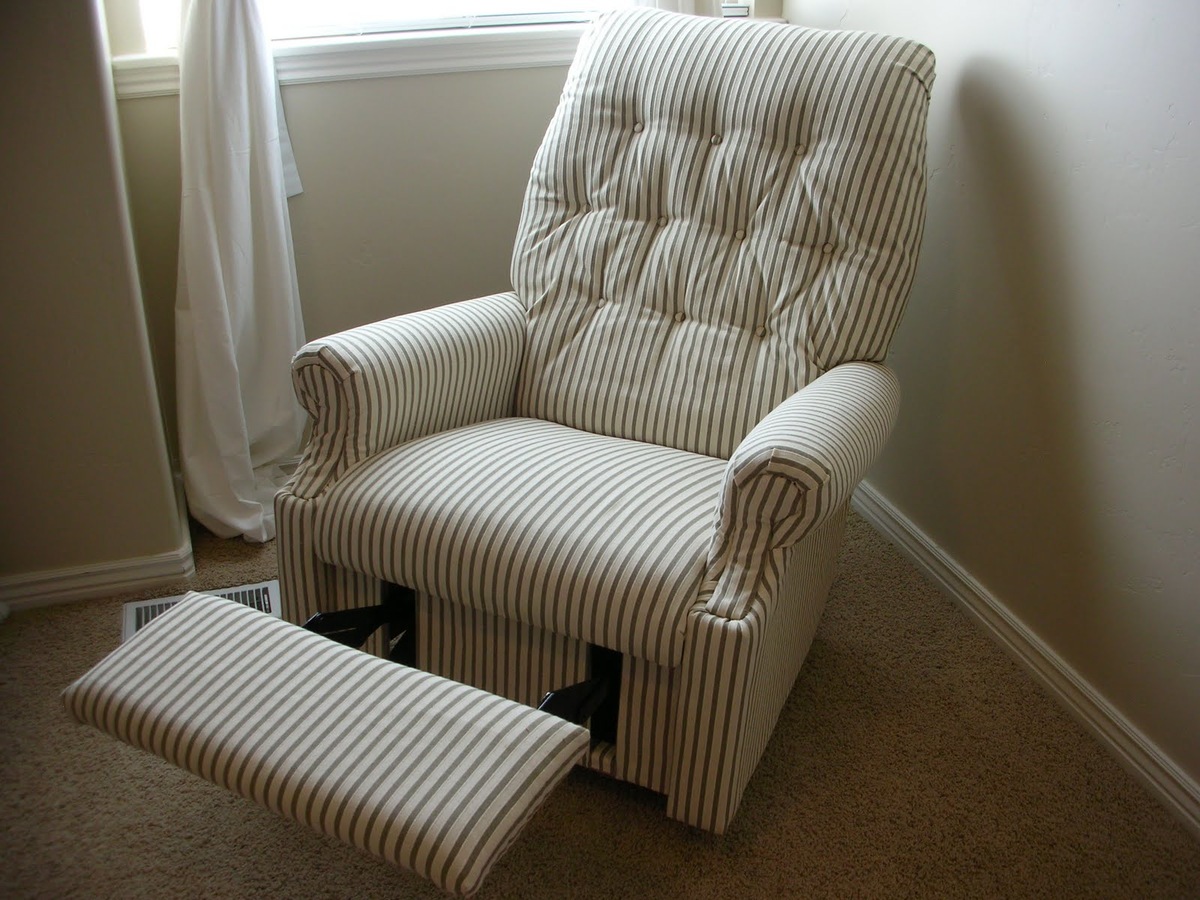
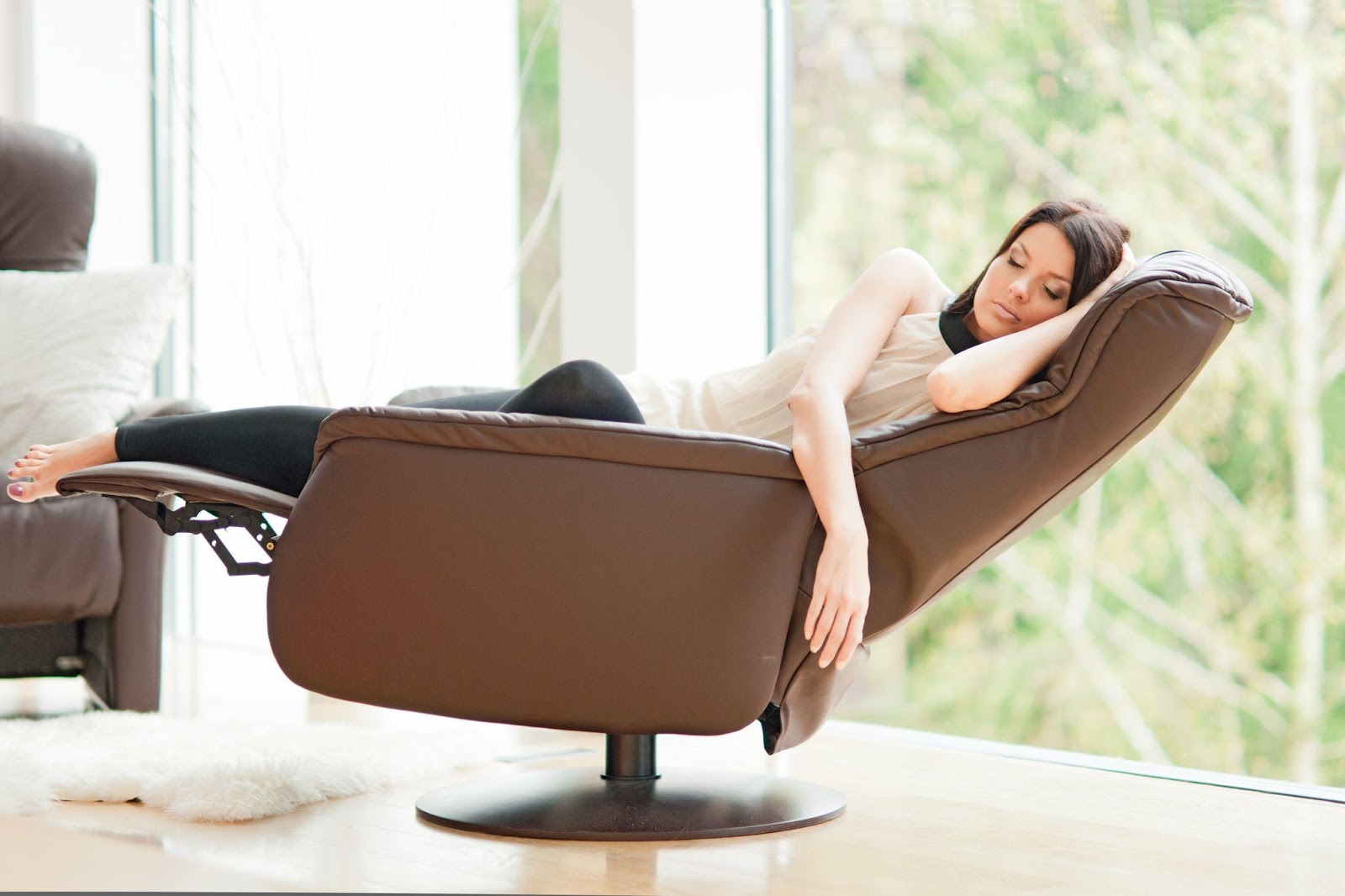
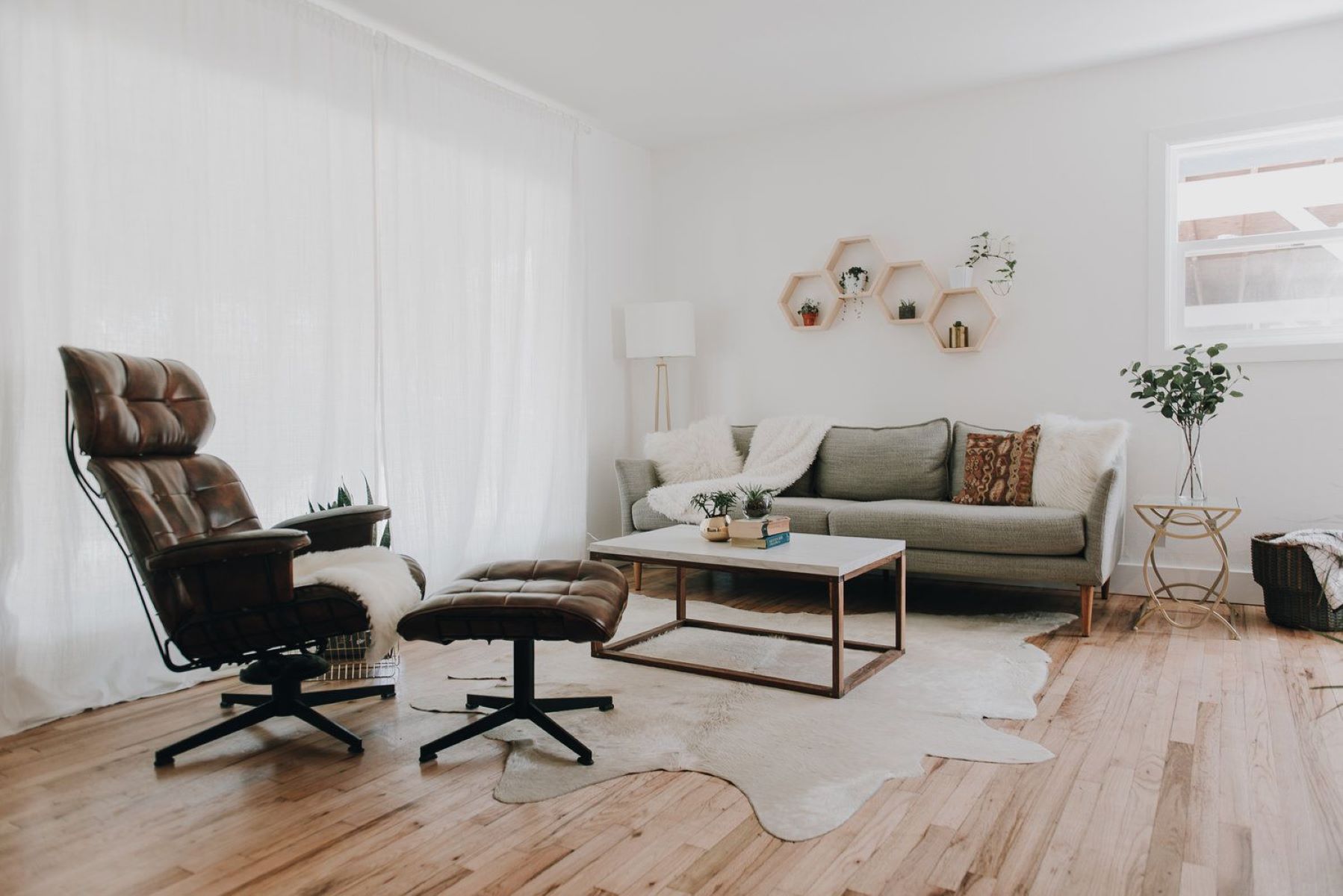
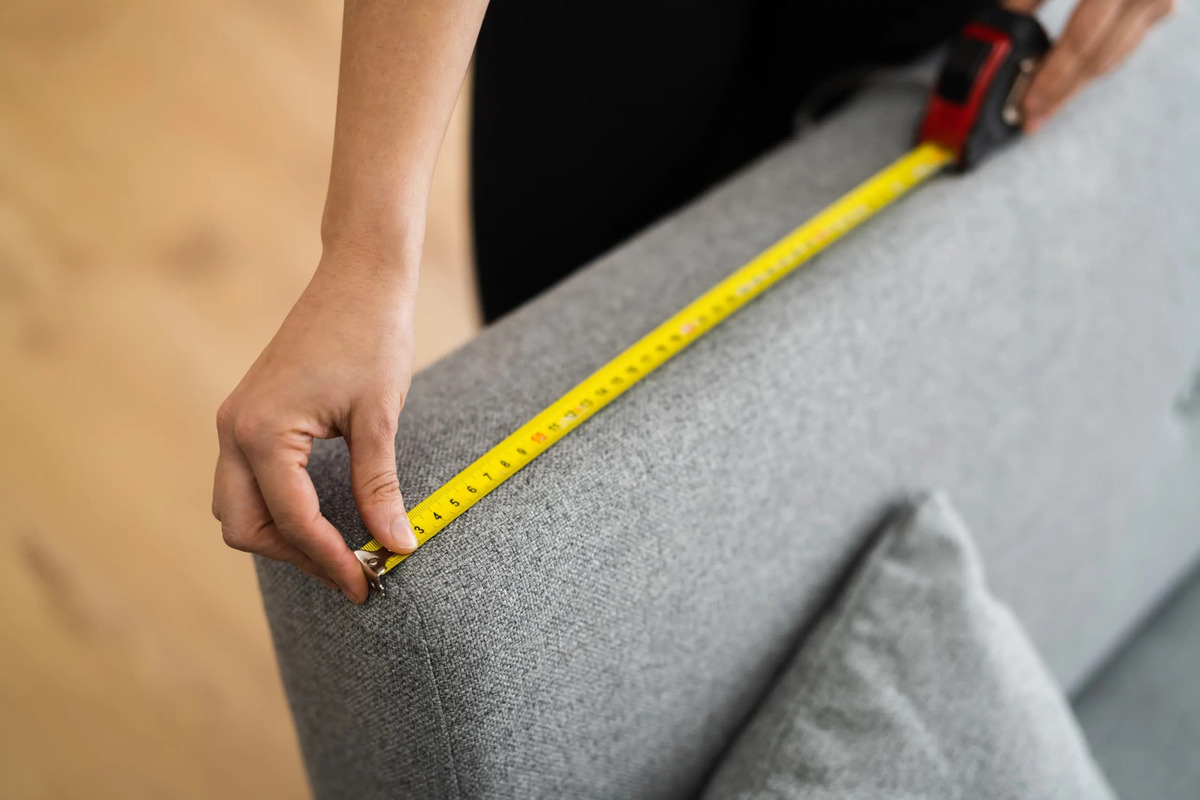
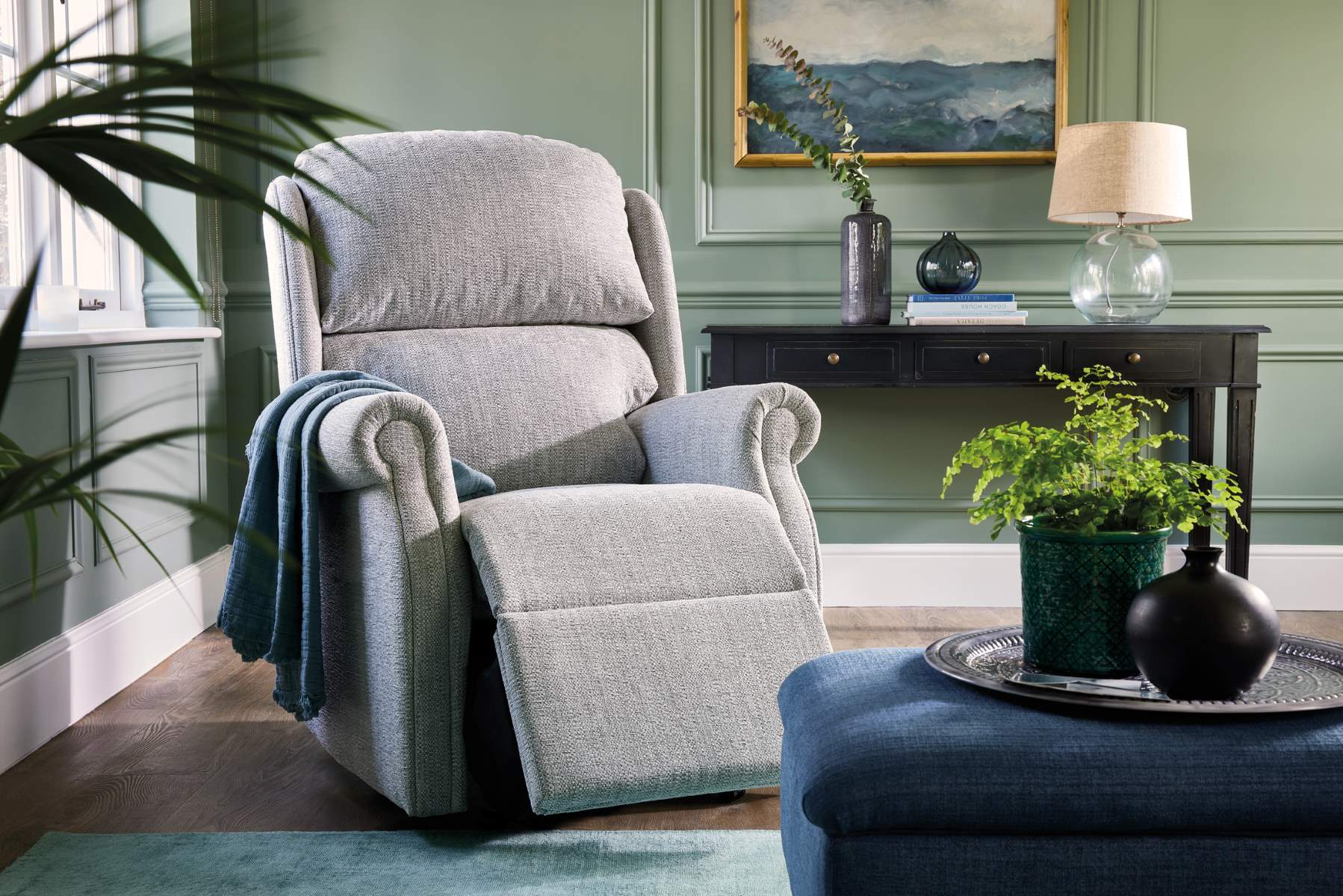
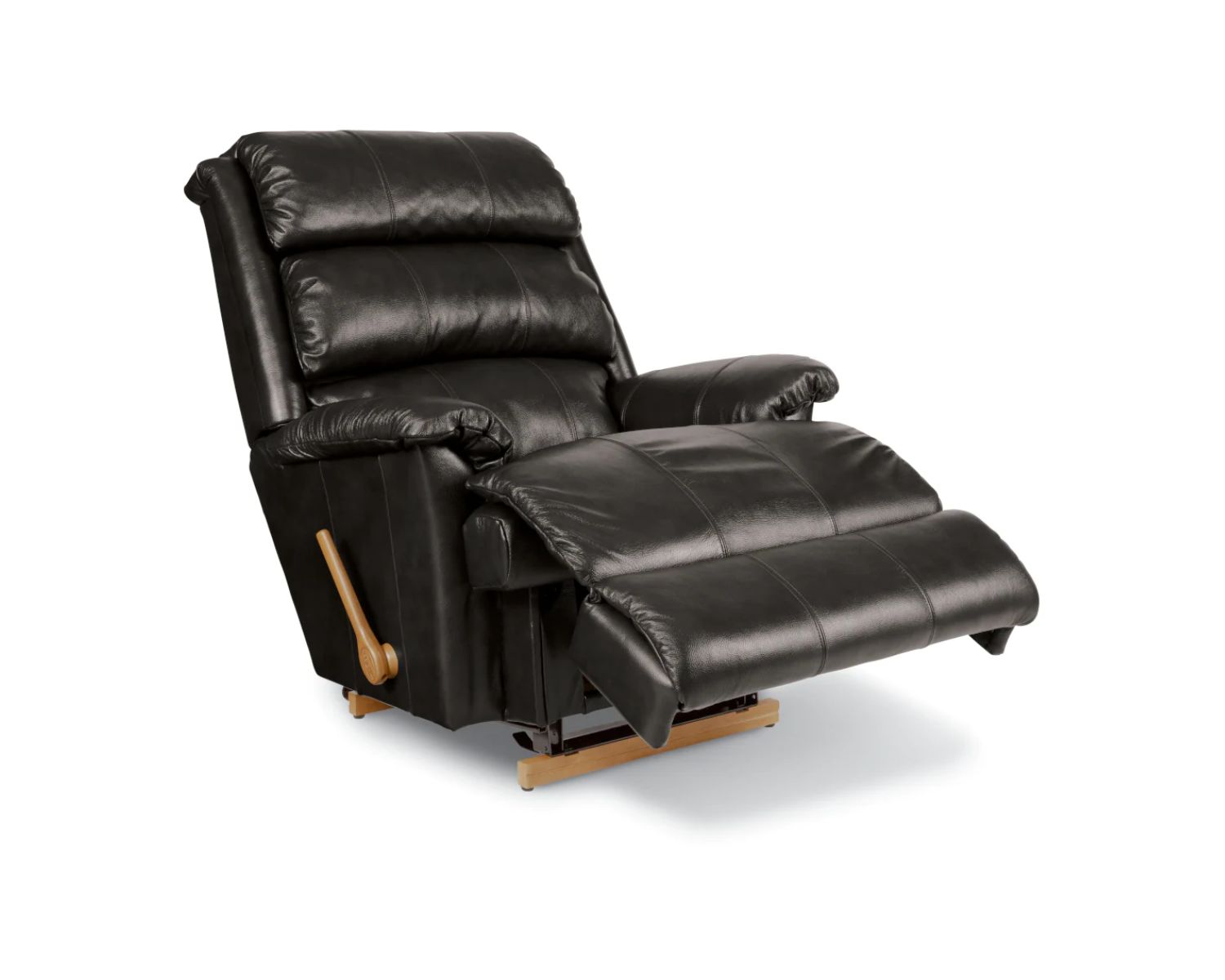
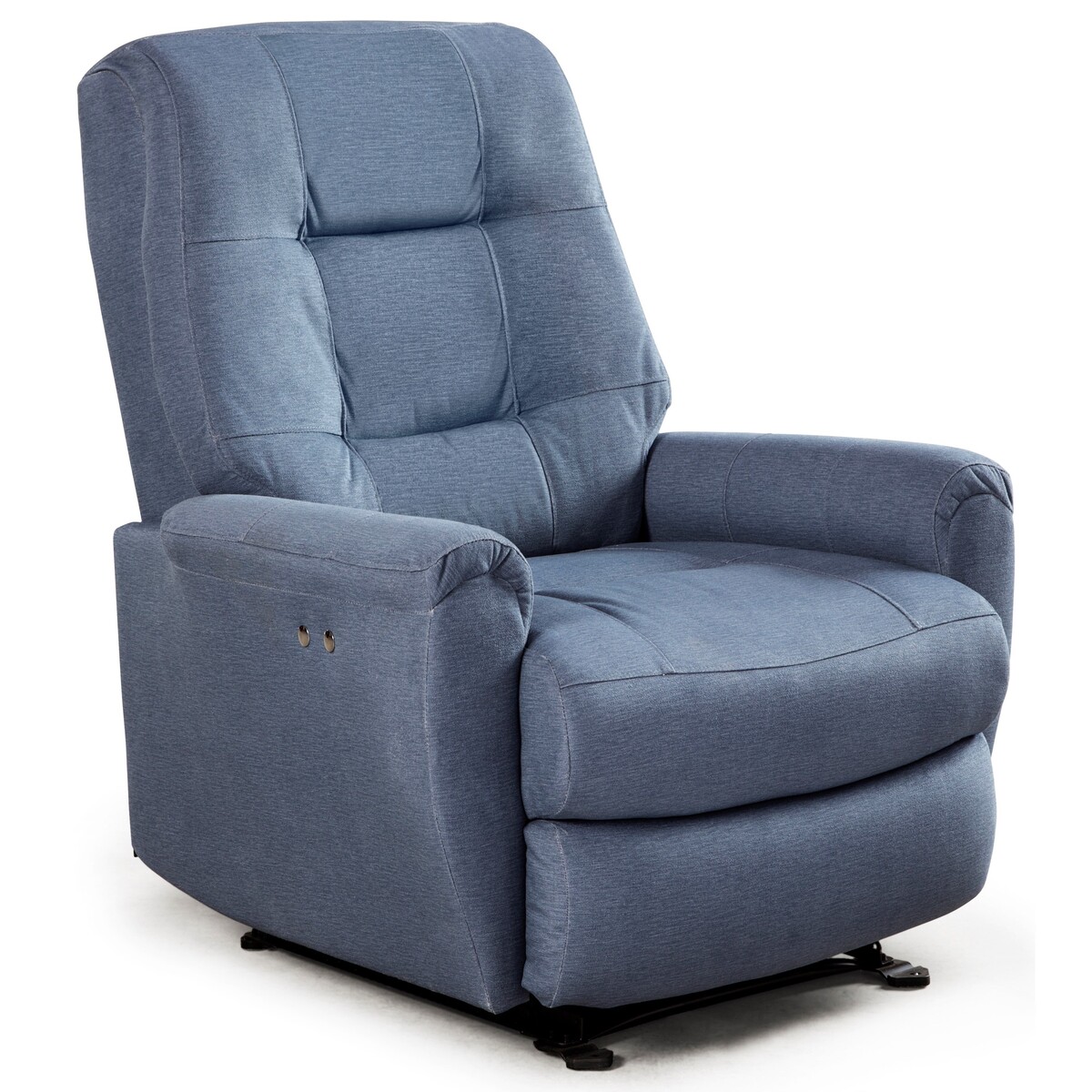

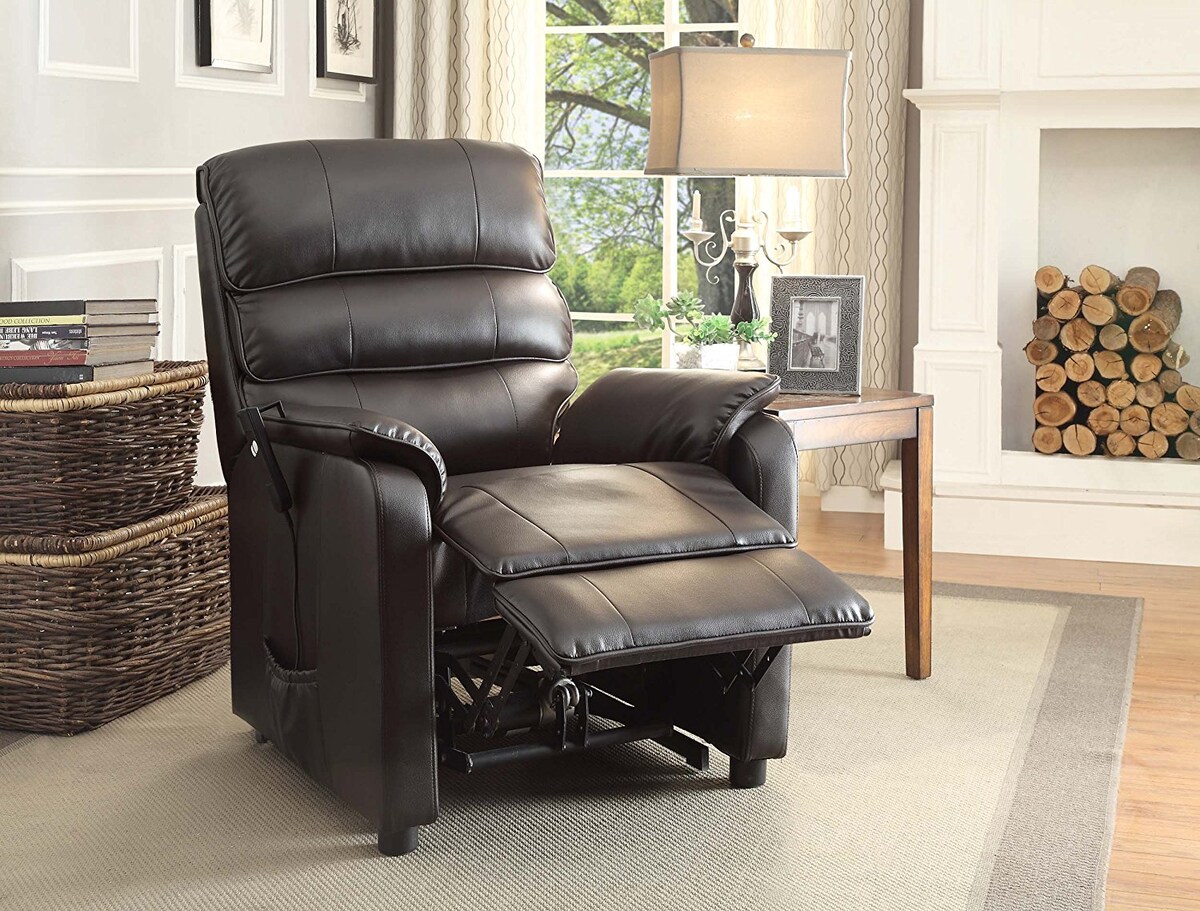
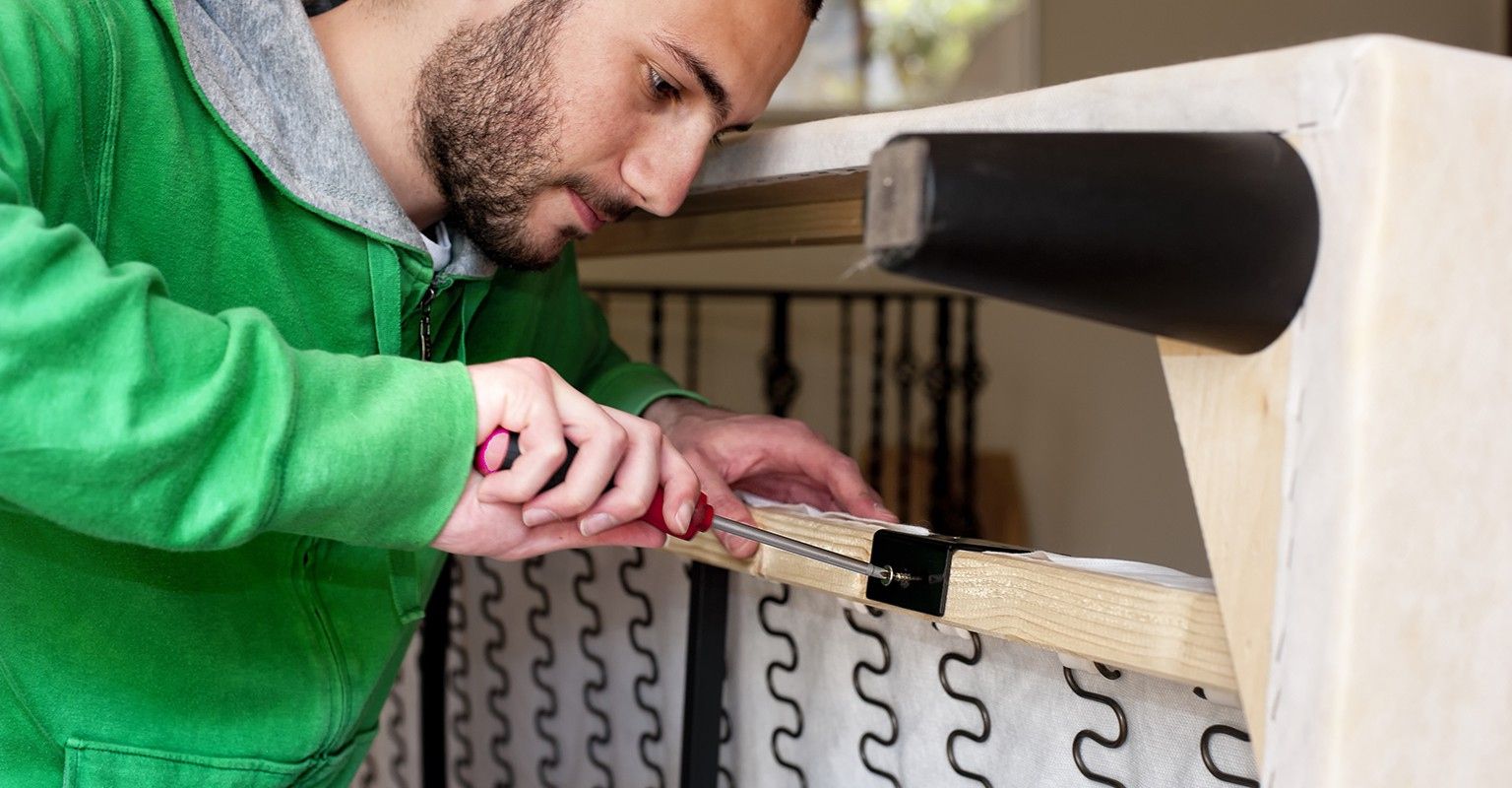
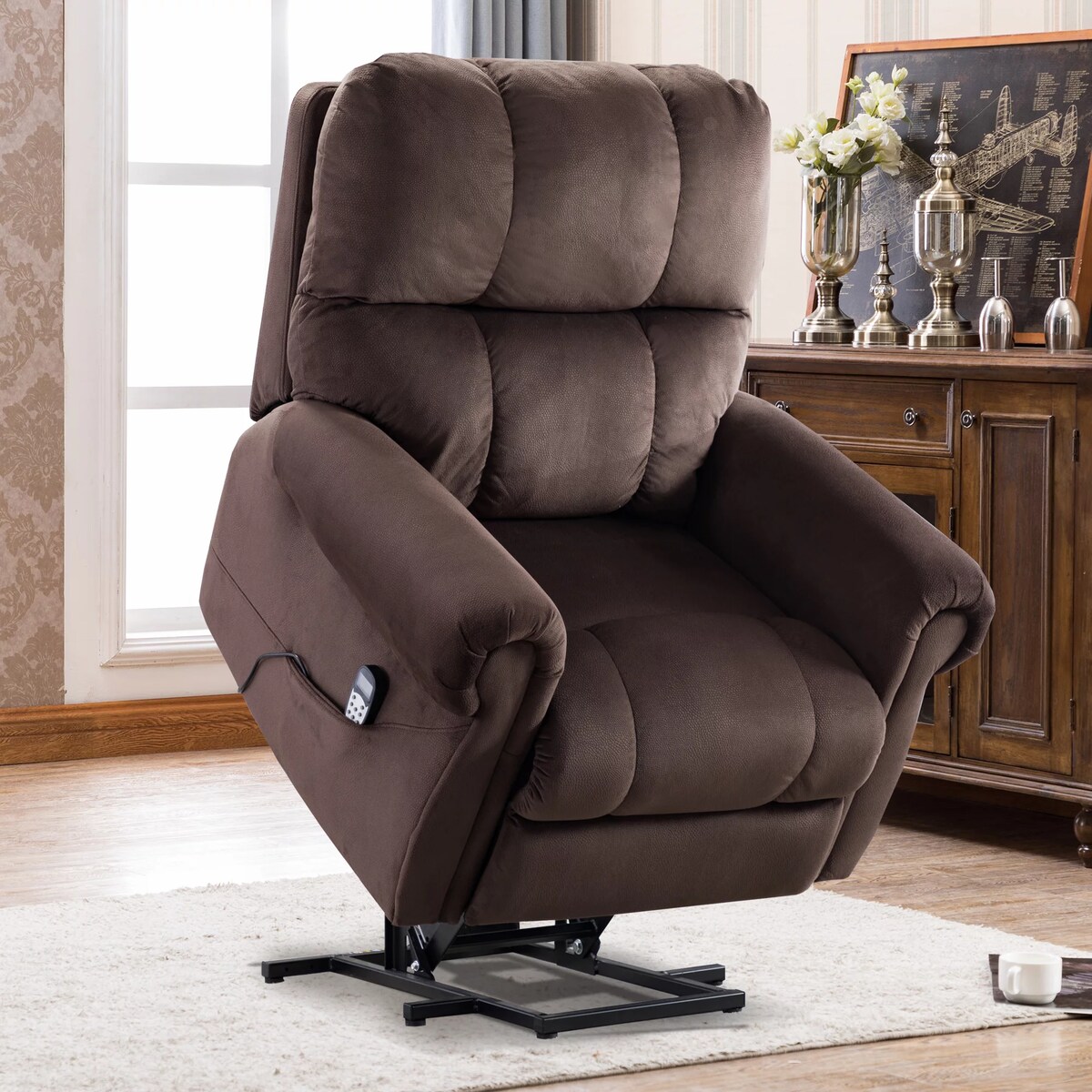
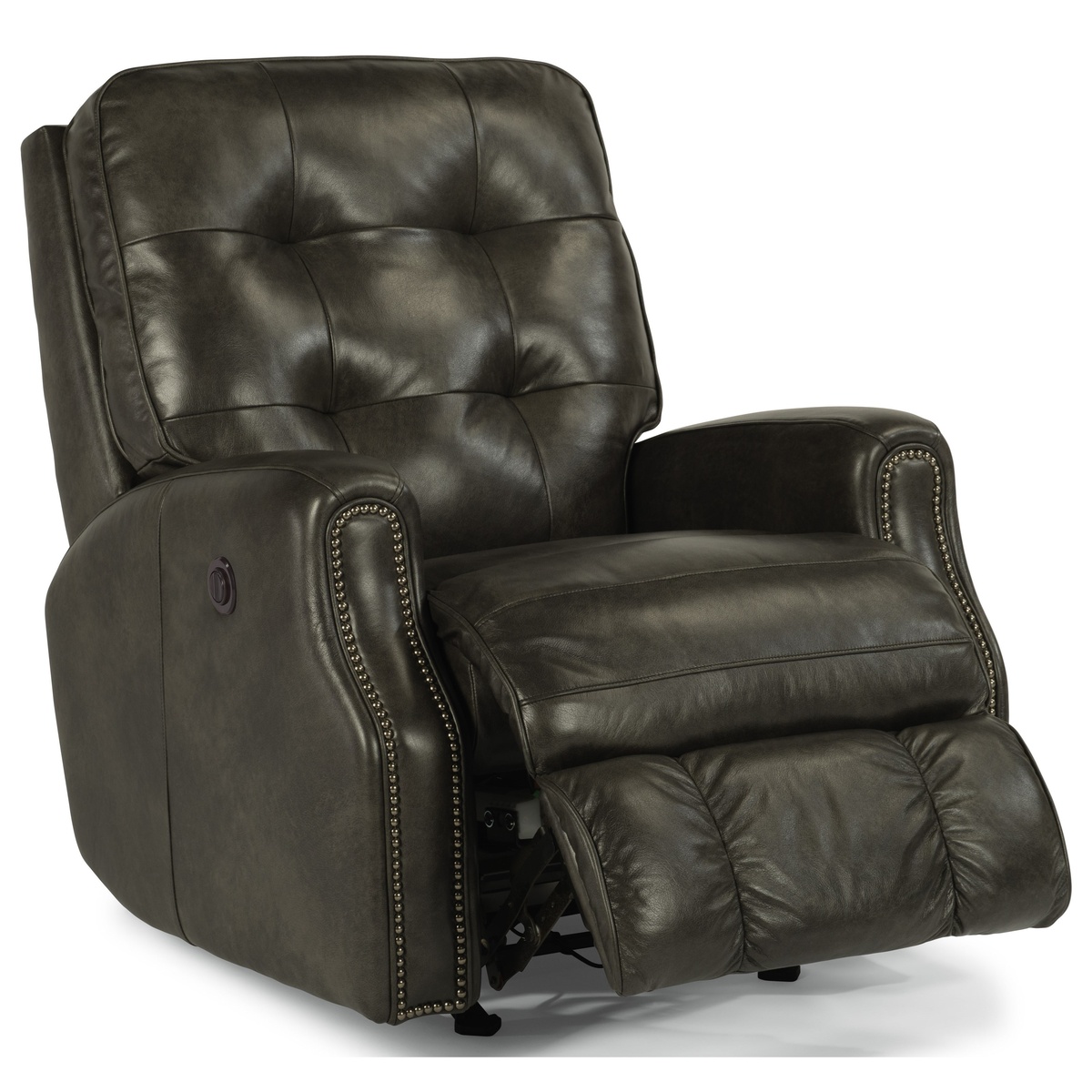
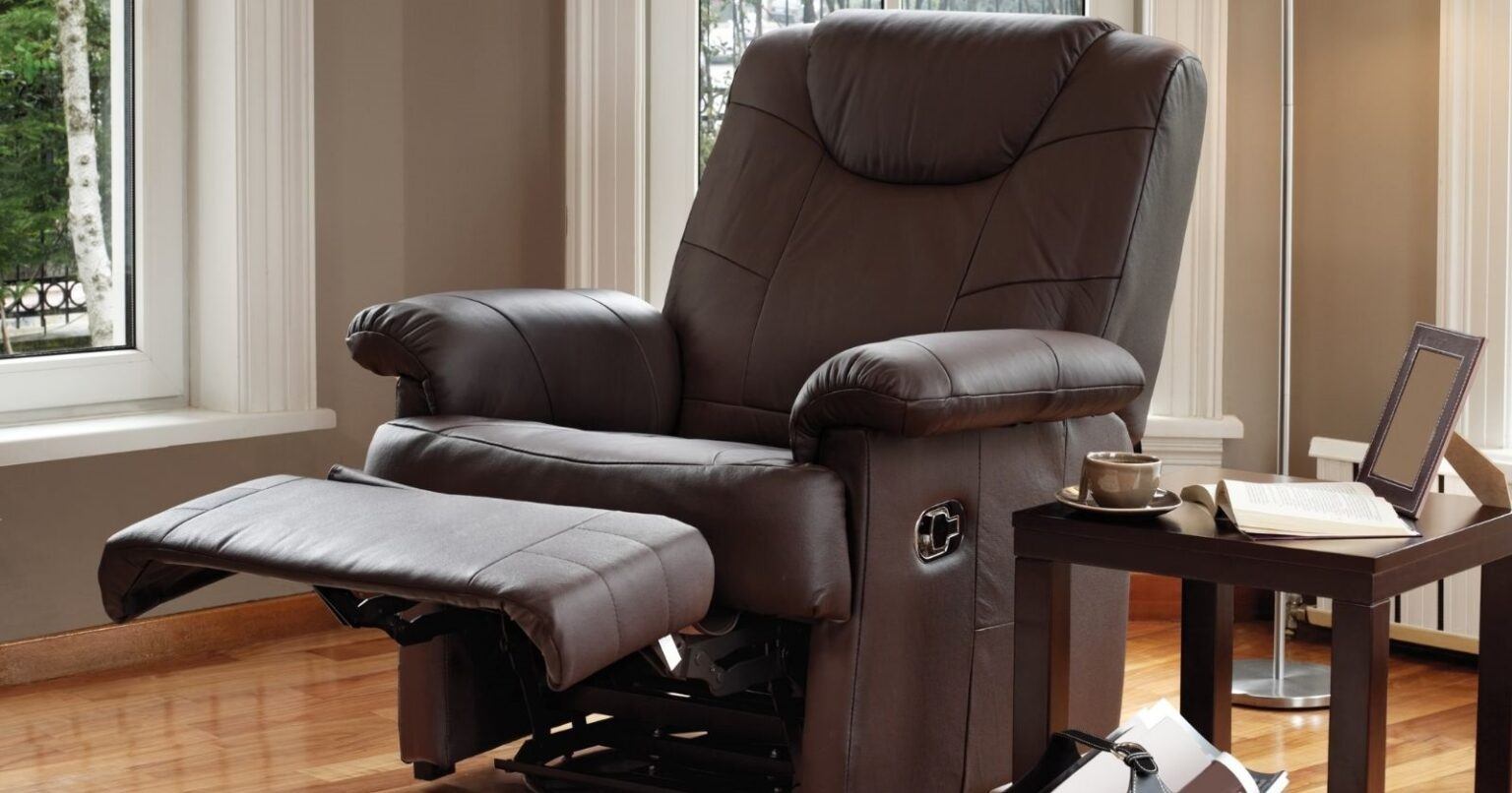
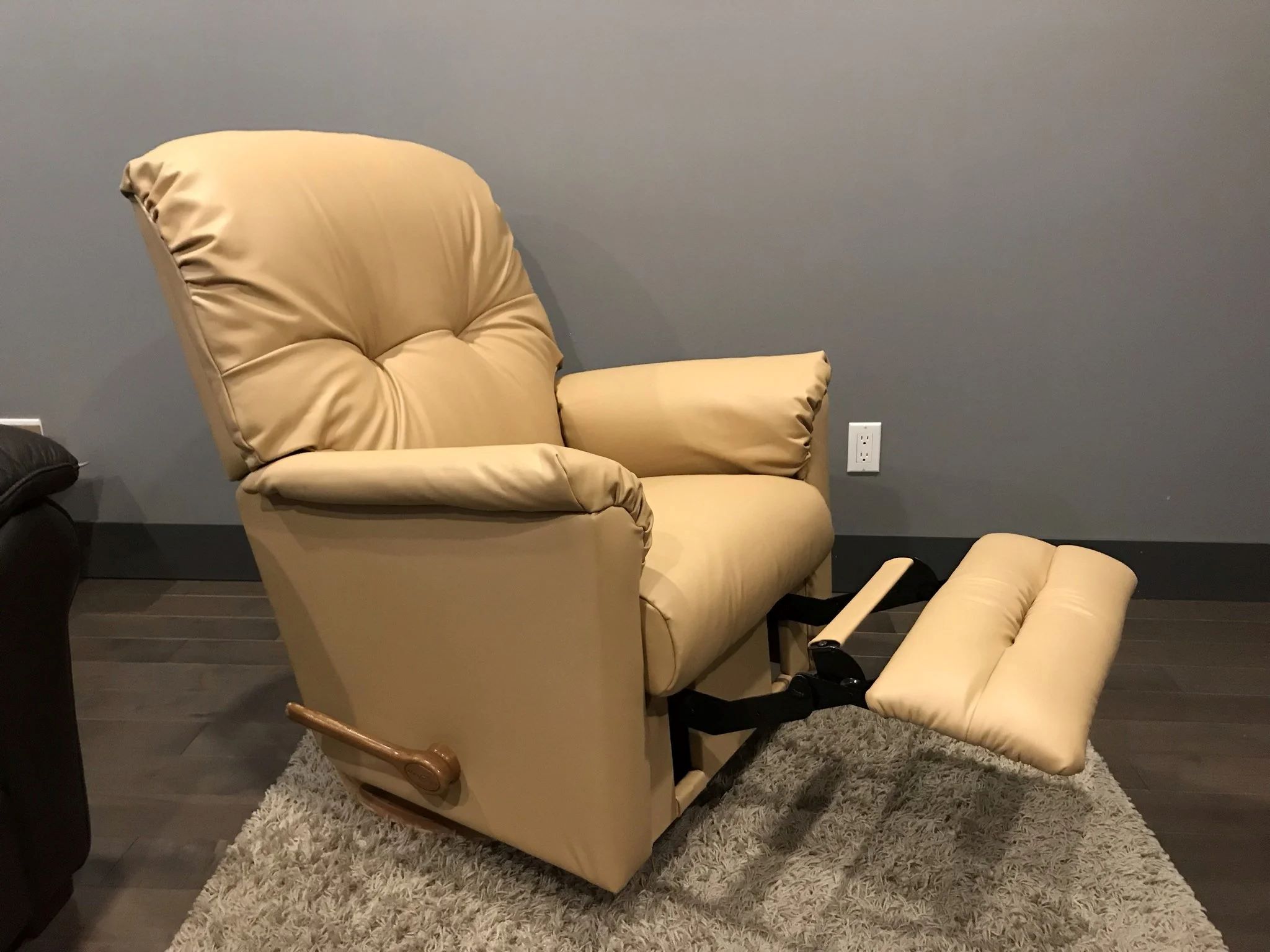

0 thoughts on “How To Measure Recliner”